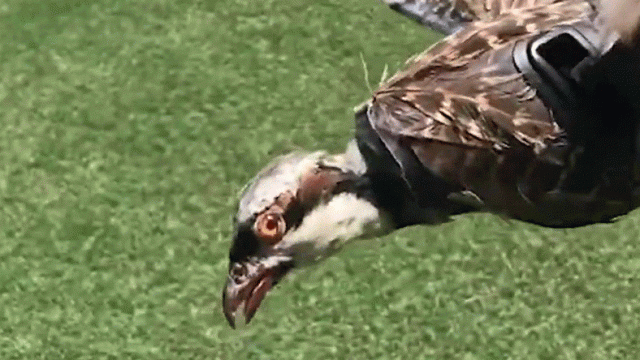A reliable approach to creating a machine that can walk, run, swim, or fly like an animal is to simply copy Mother Nature’s work. There’s a good reason Boston Dynamics’ SPOT looks like a dog. But to create drones that fly, move, and even look like birds, researchers from the New Mexico Institute of Mining and Technology are building them from actual dead birds.
Those of us who have been online for the past decade may remember the work of Dutch artist, Bart Jansen, who back in 2012, turned their deceased, taxidermied cat into a furry quadcopter. It was as disturbing a creation as it sounds, but that was more or less the point of its existence. As with most art pieces, it sparked a conversation.
The researchers from New Mexico Tech have a more practical reason for resurrecting deceased wildlife to create its flying ornithopters: they want to build a machine that can fly by flapping its wings up and down like a bird. In a study recently presented at the American Institute of Aeronautics and Astronautics SciTech 2023 Forum, the researchers highlight the benefits of using actual bird parts over artificial materials that have been engineered to behave like them. With their lightweight bodies and flexible feathers, birds can easily out manoeuvre even the most capable aircraft we’ve ever built, and that includes compact drones that can deftly zip through bowling alleys.
At least in their current form, the drones the New Mexico Tech researchers created are nowhere near as agile in the air as the real thing. Birds use their muscles to bend and contort the shapes of their wings to perform amazing aerial manoeuvres, while these drones simply flap their stiff wings up and down to stay up in the air.
The bigger advantage to building an ornithopter from a deceased bird is camouflage, because in the air it will look more like the real thing and, hopefully, is more inclined to be ignored. It might not excel in aerial combat, but a dead bird drone could potentially be a very useful espionage tool, whether used for military purposes or as a way for scientists to study and observe other wildlife while ensuring their behaviours remain natural and undisturbed.
The use of feathers also give birds incredible stealth capabilities, often allowing them to get airborne often without making a sound. Compared to the noise of an electric motor with a spinning propeller, a dead bird drone with flapping feathered wings would potentially be able to quietly sneak up on a target without scaring it off. Although, thinking about it more, that scenario actually sounds a lot scarier.
